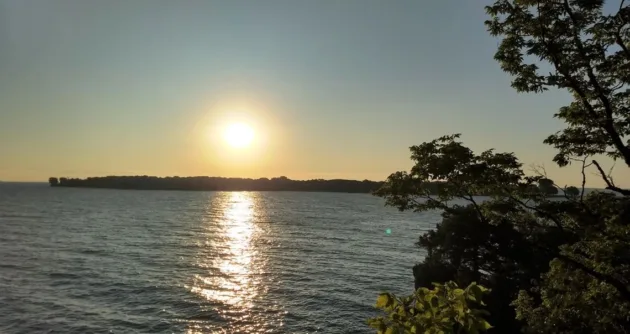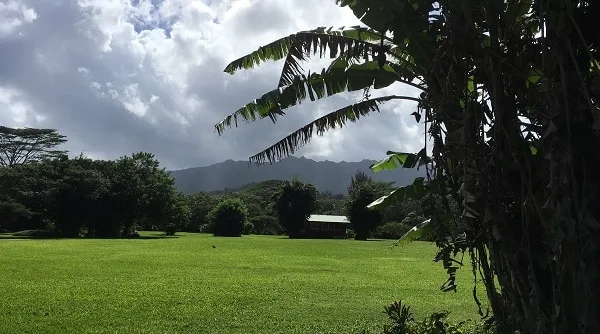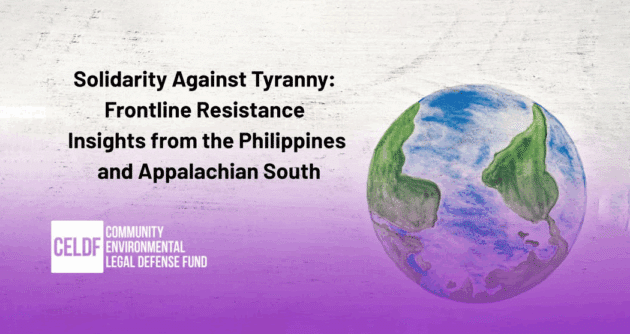Don’t miss CELDF’S Max Wilbert presentation hosted by Scientists Rebellion. His talk, titled “Technological Somnambulism and the Failure of the Scientific Imagination,” explores how academic…


Don’t miss CELDF’S Max Wilbert presentation hosted by Scientists Rebellion. His talk, titled “Technological Somnambulism and the Failure of the Scientific Imagination,” explores how academic…

The Primer walks you through the typical scenarios of what you can expect when a corporate project wants to come to town like elected officials saying…

All debates about environmental policy need to begin with honoring and protecting, not the desires of the human species, but with the sanctity of the…

This collection, which Howard Zinn calls "powerfully persuasive," chronicles POCLAD's evolution among the twelve POCLADers and with thousands of activists. Here are hidden histories, crisp…

Camila Vergara provides a compelling and original genealogy of political corruption from ancient to modern thought, and shows how representative democracy was designed to protect…

As Long As Grass Grows gives readers an accessible history of Indigenous resistance to government and corporate incursions on their lands and offers new approaches…

In Who Gets to Be Indian?, scholar and writer Dina Gilio-Whitaker (Colville Confederated Tribes) explores how ethnic fraud and the commodification of Indianness has resulted in mass…
It’s not just a book; it’s a collective invitation to reclaim our future through collaboration and care.

What if bodies of water were guaranteed the kinds of legal rights that would criminalize actions that make our water and resources toxic?
Lane County’s watersheds provide drinking water, irrigation for farms, and habitat for fish and wildlife. Yet these waterways face increasing threats from pollution, overuse, and…

Our goal is to assist others in NY educate their community about the bill and also to inform residents of other states as they contemplate…

Ecosystems on eight acres of land on the island of Kaua'i is now protected under a Rights of Nature easement - the first in Hawaii,…
The final chapter, “Exist, Flourish, Evolve,” brings together CELDF’s Tish O’Dell with artist Andrea Bowers and curator Megan Reich to reflect on what it means…

The folks in Columbus, Ohio with their anti-preemption city charter amendment, are attacking the structure of American law which protects the American war machine, the…

Disappearing the Homeless, Immigrants, Native and Rural Communities, To Complete the Enclosure of the Commons

CELDF’s 2025 Mid-Year Impact Report Get Caught Up. Spread the Word. Give Generously. Celebrate CELDF’s 30th Anniversary!

July 22, 2025 by Kai Huschke Protests over the last 6 years The sheer number of protests in the first six months of 2025 resulting…

On July 21st, a special live streaming event will bring together grassroots activists from these places to share their experiences of repression and resistance. The event,…

On July 21st at 6pm PDT / 9pm EDT, we invite you to join us for a special event, “Solidarity Against Tyranny,” to help answer…

COLUMBUS, OH – What can a community do when the democratic process itself has been outlawed? That’s the question facing residents of Ohio.
Contact: Tish O’Dell, CELDF Consulting Director Tish@CELDF.org 440-552-6774 A collection of essays that confront the root causes of the interconnected ecological and social crisis MERCERSBURG,…